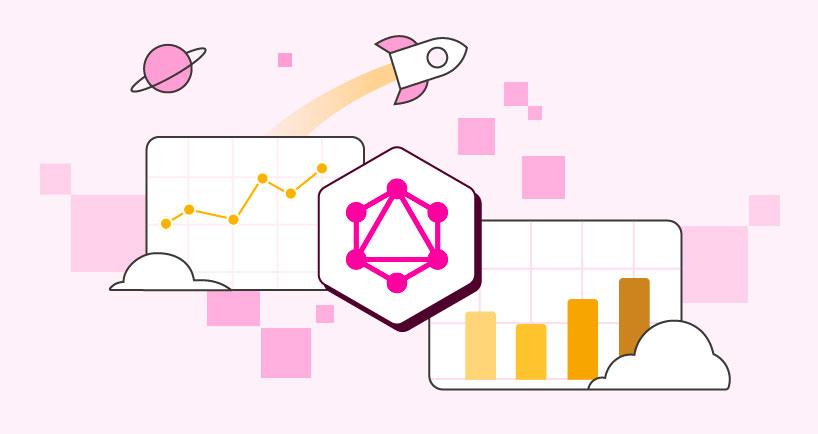Emerging trends in GraphQL APIs: the technology powering the future of data exchange
Since its introduction by Facebook in 2015, GraphQL has quickly gained traction as a powerful and flexible alternative for delivering data to applications and other services. A recent Gartner report predicts that although only 10% of enterprises had implemented GraphQL as their internal data layer in 2021, by 2025 that number will increase to over 50% of global enterprises.
Related: Download the Postman GraphQL Client
As the technology continues to evolve, new trends and techniques are shaping the way developers create and consume GraphQL APIs. This blog post delves into the emerging trends in GraphQL APIs, with a focus on the technology driving these advancements and their impact on the API landscape.
GraphQL federation: scaling and integrating microservices
GraphQL federation is a technique that allows developers to combine multiple GraphQL schemas into a single, unified schema. This approach enables organizations to build and manage large-scale, distributed GraphQL APIs across multiple microservices. By providing a unified interface for accessing data from various services, GraphQL federation simplifies client applications and improves overall system maintainability.
Real-time data with GraphQL subscriptions
Real-time data is becoming increasingly important in modern applications, and GraphQL subscriptions offer a way to support real-time updates and communication. Subscriptions enable client applications to receive notifications whenever specific events or data changes occur, providing a seamless and efficient means of handling real-time data in GraphQL APIs.
Advanced tooling and ecosystem
As GraphQL adoption grows, so does the availability of advanced tooling and libraries that enhance the developer experience. Tools such as Postman’s new GraphQL client, Relay, and Urql simplify client-side GraphQL integration, while code generation tools and GraphQL compilers help optimize and streamline development workflows.
Schema-first development
Schema-first development emphasizes the importance of designing and documenting the GraphQL schema before implementing the API. This approach promotes consistency and usability across the API, simplifying consumption for client applications and fostering collaboration between frontend and backend teams.
Security enhancements
As GraphQL APIs become more prevalent, ensuring their security is paramount. New security techniques, such as query cost analysis, query depth limiting, and persisted queries, are emerging to help protect GraphQL APIs from malicious queries and potential data breaches.
Partial query results
Partial query results allow GraphQL APIs to return partial data in cases where some fields or operations fail due to errors or restrictions. This approach enhances the resiliency of GraphQL APIs by enabling client applications to receive and handle partial data, providing a more graceful user experience in the face of errors.
Increasing use of compilers
Compilers play a crucial role in optimizing GraphQL queries and enhancing the performance, type safety, and developer experience of GraphQL APIs. Lossless compilers also improve error handling in GraphQL queries allowing an expressive error response and better developer experience. By analyzing query structure and generating optimized, type-safe code, compilers contribute to a more efficient and maintainable GraphQL ecosystem.
Custom directives
Custom directives offer a way to extend the functionality of GraphQL APIs by allowing developers to define reusable, application-specific logic. This enables greater flexibility and customization, making it possible to build more sophisticated and tailored GraphQL APIs.
Conclusion
The future of GraphQL APIs is marked by continuous innovation, driven by emerging trends and technologies that enhance the performance, flexibility, and developer experience of these APIs. As developers and organizations embrace these trends, they can create more efficient and powerful GraphQL APIs that provide a strong foundation for modern, data-driven applications. By staying informed about and adapting to the evolving GraphQL landscape, businesses can unlock new opportunities and drive their digital transformation initiatives forward.
Related: GraphQL vs. REST

What do you think about this topic? Tell us in a comment below.